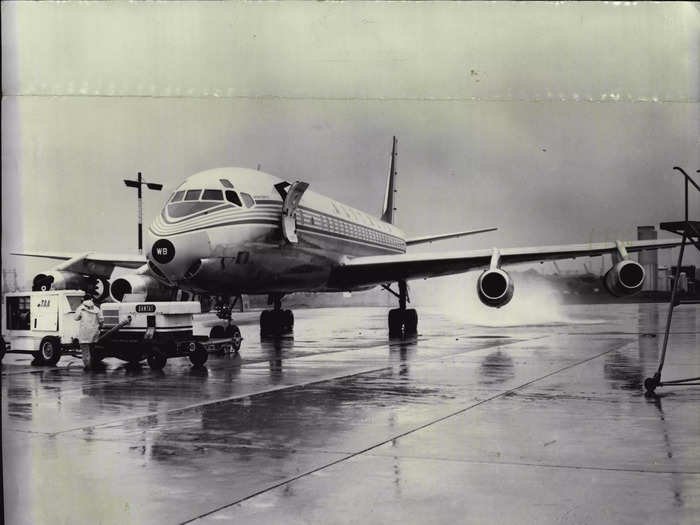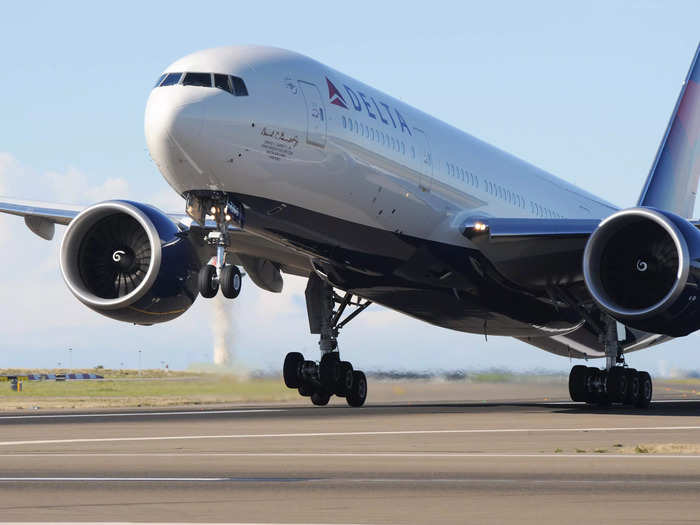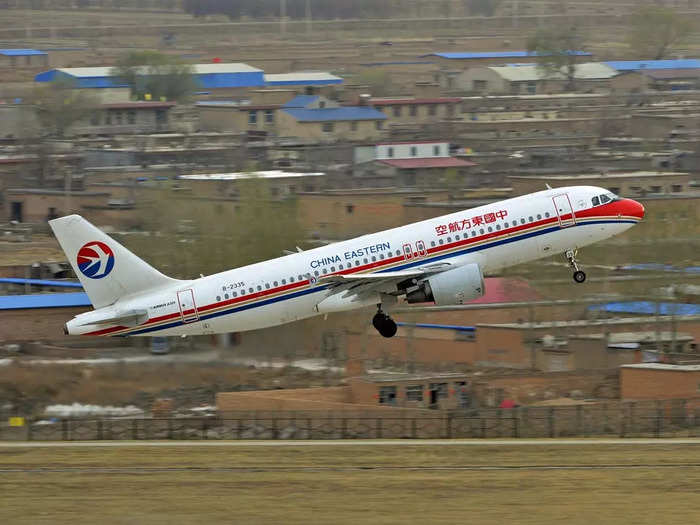Alitalia is dying and being reborn as a new airline called ITA - see the full history of Italy's troubled flag carrier
Thomas Pallini,Taylor Rains

- Government-owned Alitalia is ceasing operations on October 15 after failing to secure investors, marking the end of its 74-year era.
- The national carrier will be replaced by Italia Transporto Aereo, a brand new airline independent of Alitalia that will not be responsible for the old carrier's debt to the state.
- ITA plans to purchase 52 Alitalia aircraft, acquire its slots at Milan Linate and Rome Fiumicino airports, and hire over 2,500 employees.
After a long run of trying to secure investors, Alitalia is officially closing its doors.
Italy's national carrier Alitalia has had a rocky past full of financial struggles, employee strikes, and other damaging events, forcing it to make the decision to cease operations on October 15 after 74 years of service. The airline stopped the sale of tickets in August and has committed to refunding all passengers who were booked on flights after October 14.
On the day the airline closes in October, the country's new flag carrier Italia Transporto Aereo will take its place.
Here's a look at Alitalia's storied past and the plan of its successor.
Alitalia as a brand began in 1946, one year after World War II ended, first flying in 1947 within Italy and quickly expanding to other European countries and even opening intercontinental routes to South America.
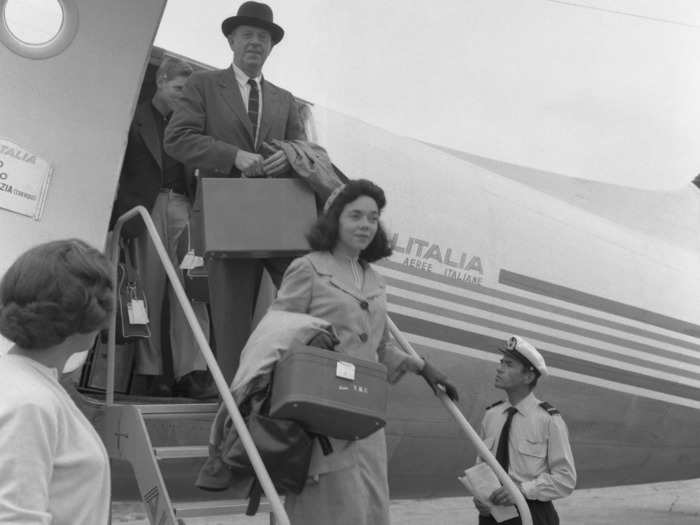
The full name of the airline was Italian International Airlines, a joint effort between the United Kingdom through British European Airways - a precursor to British Airways - and the Italian government.
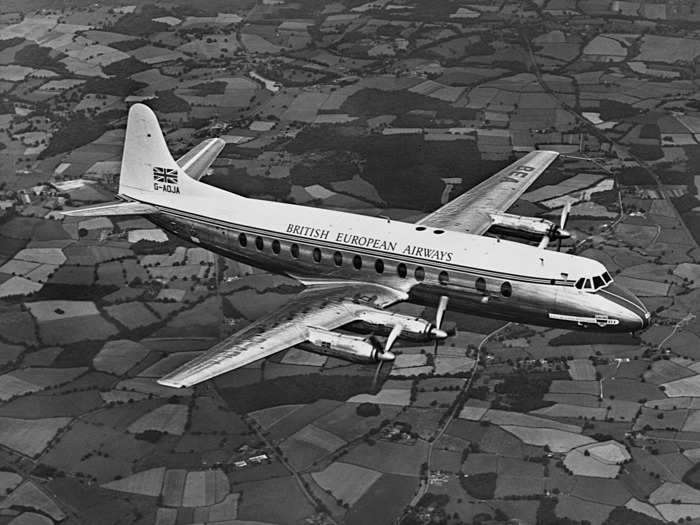
True to its name, Alitalia flew its first with Italian aircraft produced by now-defunct manufacturers in aerospace including Fiat and Savoia-Marchetti.
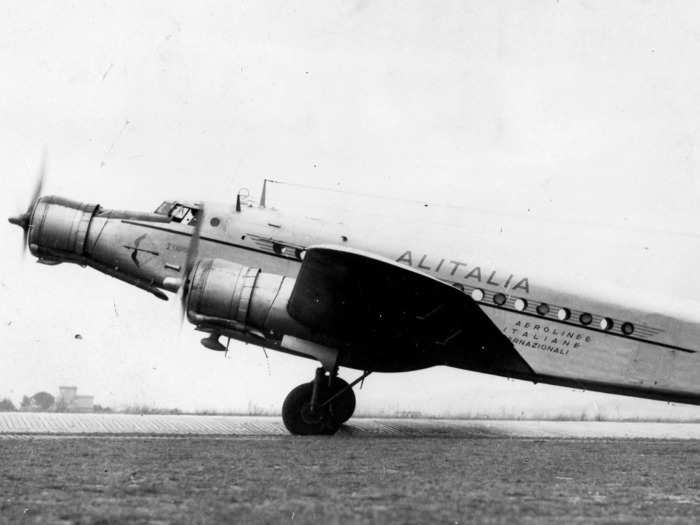
Following a merger with Italy's other airline, aptly named Italian Airlines or Linee Aeree Italiane, in 1957, Alitalia - Linee Aeree Italiane became Italy's top carrier.
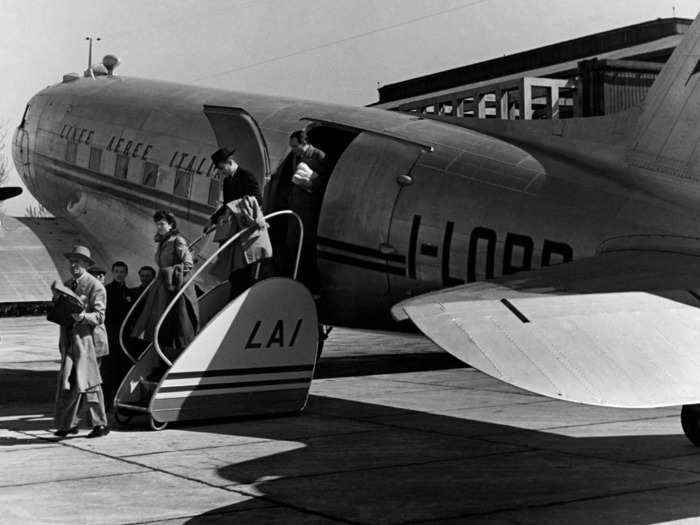
Armed with a sizeable fleet of 37 aircraft including the four-engine Douglas DC-6 and Corvair 340, the airline was ranked 12 in the world for international carriers.
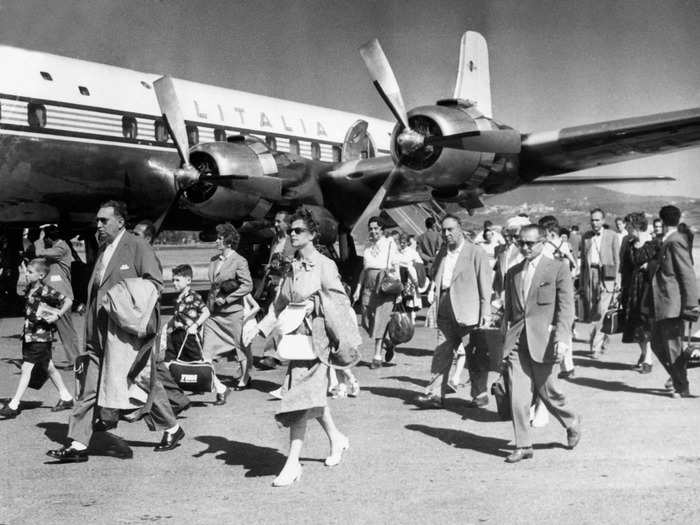
As Europe returned to normalcy following the war, so did Italy and the 1960s became a pivotal decade for both the country and its airline as the 1960 Summer Olympics would be held in Rome.

The year saw Alitalia carry over one million passengers, introduce jets into its fleet, and move to a new home at Rome's Fiumicino Airport.
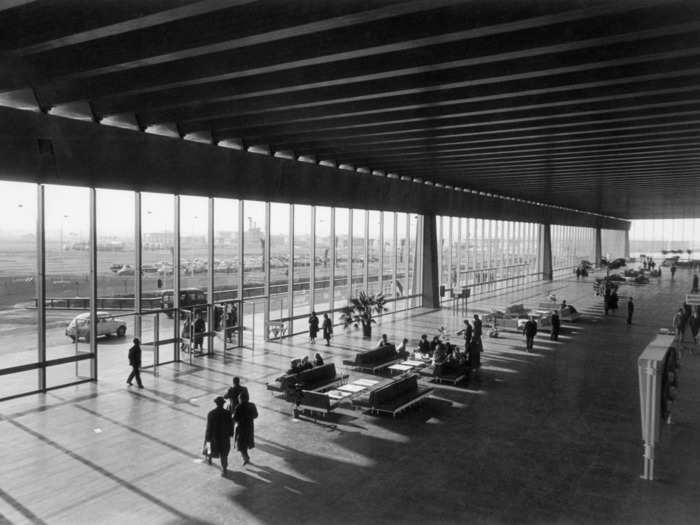
Alitalia entered the jet age with a mix of European and American aircraft such as the Sud Caravelle SE210…
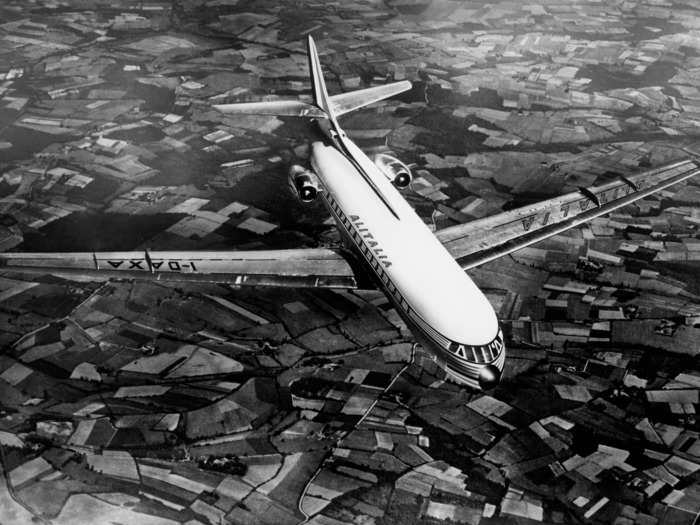
American aircraft largely comprised the airline's fleet once settled into the jet age with a short-haul fleet featuring the McDonnell Douglas DC-9 and later the McDonnell Douglas MD-80...
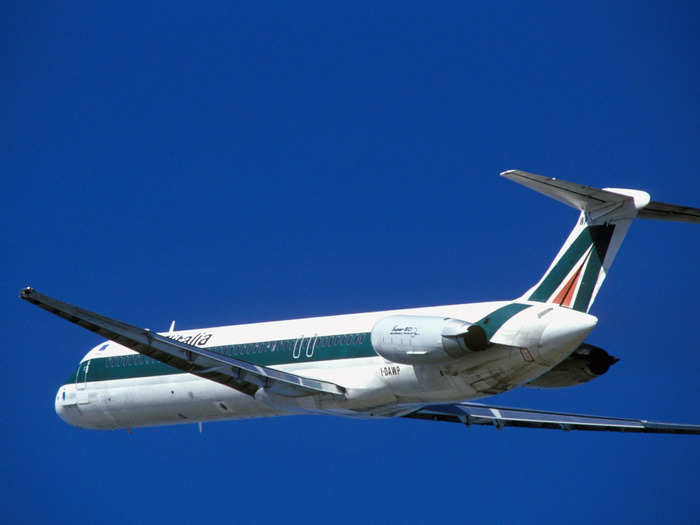
Complemented by a similarly American-dominated long-haul fleet consisting of aircraft such as the Boeing 747.
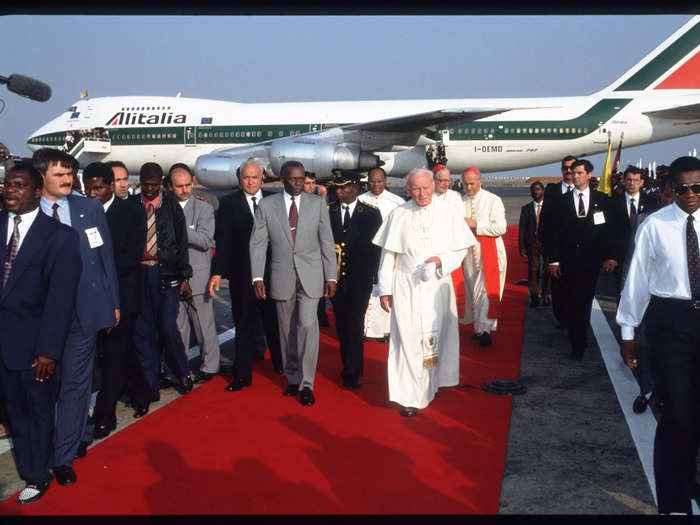
The arrival of the 747 was a seminal moment for Alitalia and it was the first aircraft to wear the airline's famed green, white, and red livery with an "A" shape on the tail.
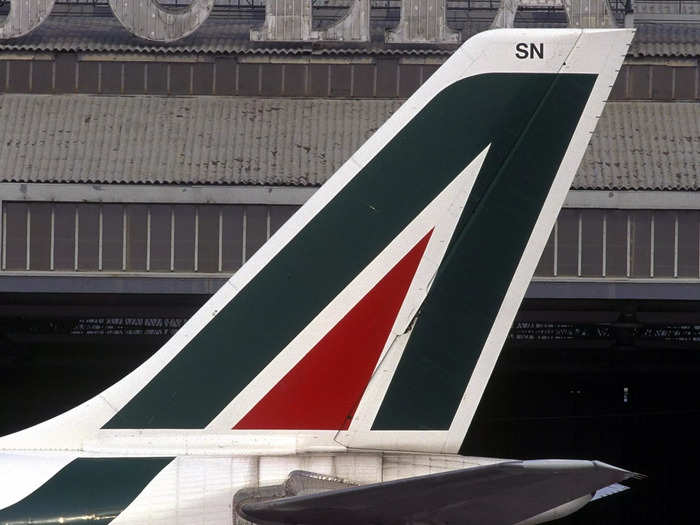
Alitalia was the first European airline to transition fully into the jet age and continued the switch with more wide-body aircraft such as the Airbus A300.
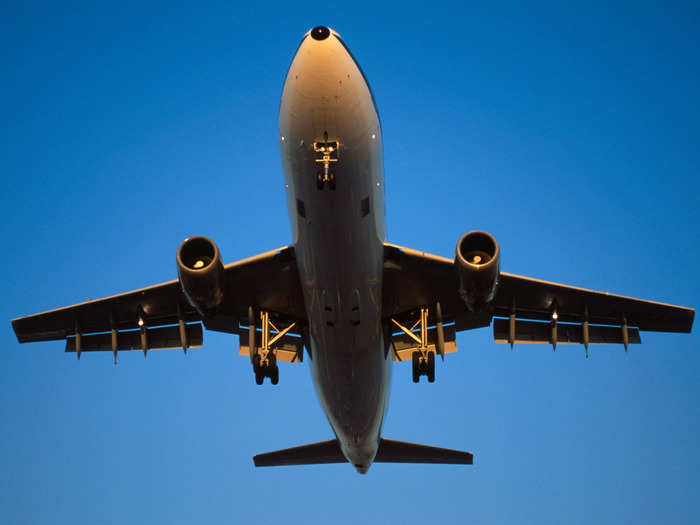
Other aircraft that would join the Alitalia jet fleet included the McDonnell Douglas MD-11, McDonnell Douglas DC-10...
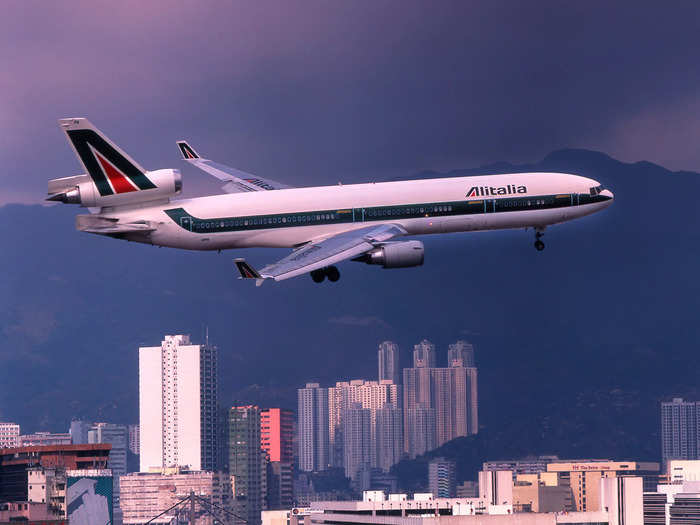
And Boeing 767-300ER for long-haul flights.
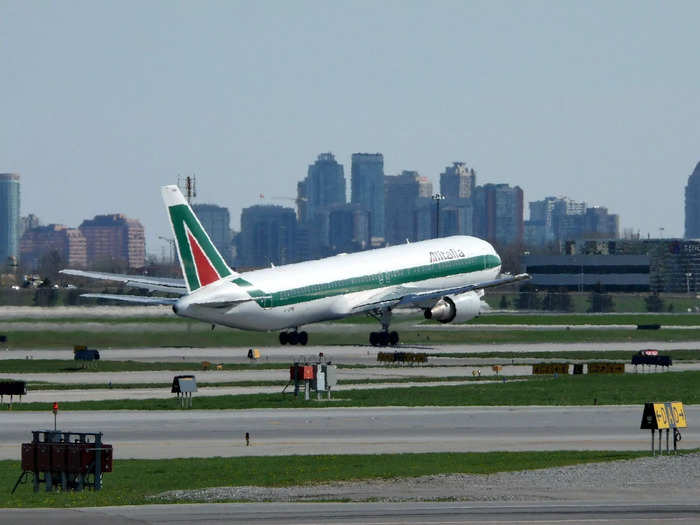
Alitalia even had uniforms designed by Georgio Armani, who also contributed to aircraft interior designs.

Source: Alitalia
The airline's short-haul fleet later included a European favorite, the Airbus A320 family.
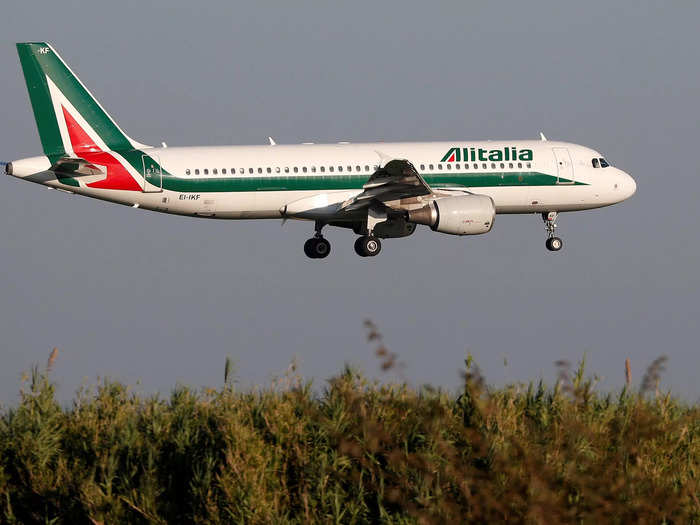
Source: Boeing
As Italy's national airline, Alitalia was also known for flying the Pope with the papal plane using the flight number AZ4000, better known as Shepherd One
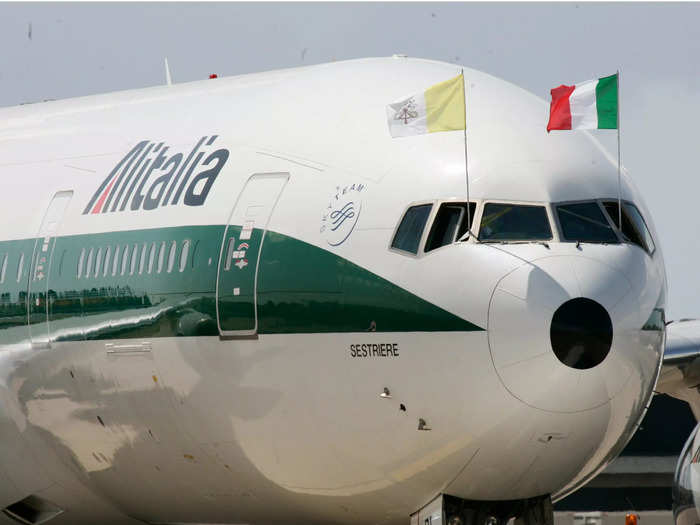
Source: Telegraph
Despite rising traffic throughout its history with Italy being a popular European tourist and leisure destination, the airline struggled with profitability.
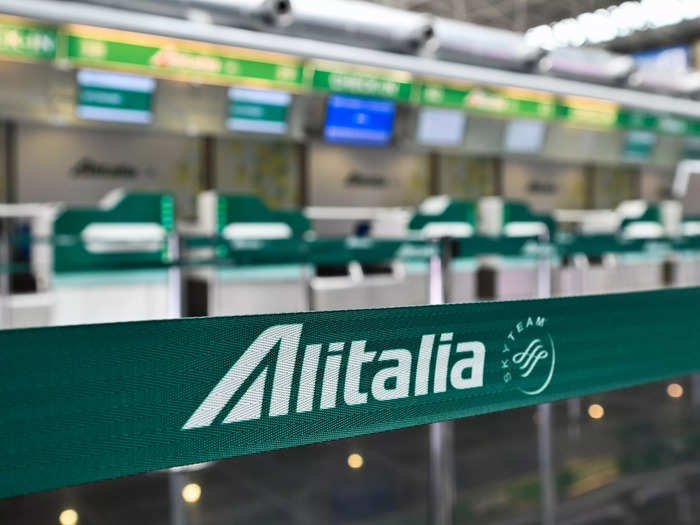
As a state-owned airline, Alitalia could always depend on the government to keep it flying, until the European Union stepped in and forbade financial support in 2006.
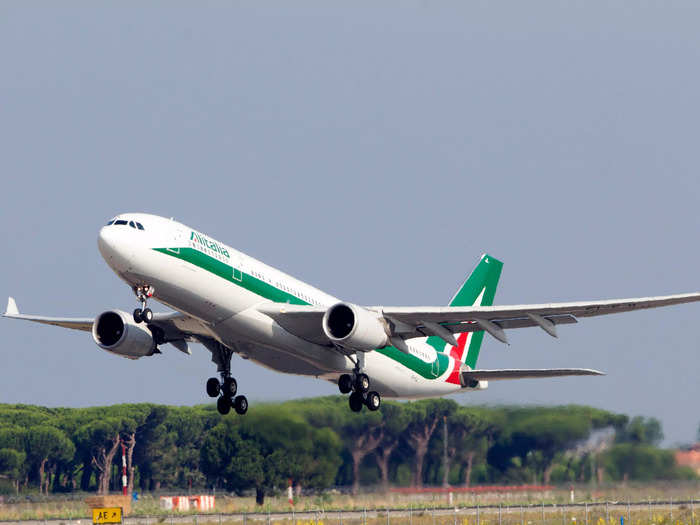
Source: New York Times
The 2000s then saw serious discussion into Alitalia's future with the Italian government wanting to sell its stake in the airline. The airline was opened for bidders in 2007 but yielded no results.
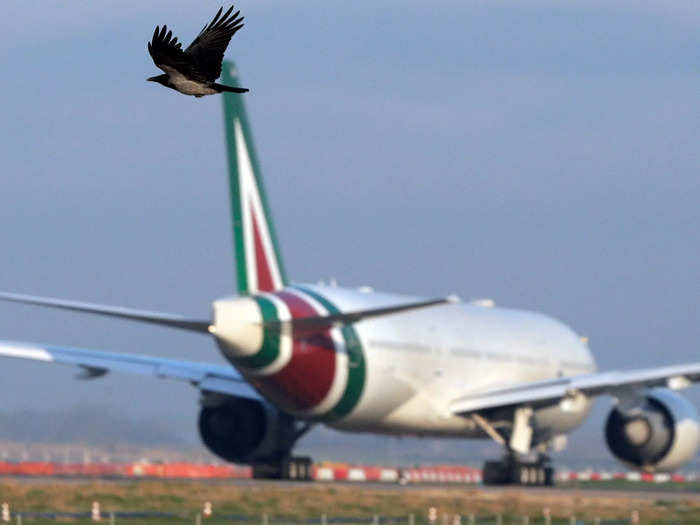
Source: New York Times
Air France-KLM Group, the parent company of Air France and KLM as well as several smaller European airlines, then offered to buy the struggling airline but couldn't get labor unions on board and the deal collapsed.

Source: Reuters
The Italian government, not wanting to lose its flag carrier, continued to prop up its airline via emergency loans in violation of European Union rules.

Source: European Union
The third attempt in two years to sell the airline came after the Air France-KLM Group deal collapsed with an investors group forming the Compagnia Aerea Italiana to purchase the airline, despite heavy pushback from labor unions.
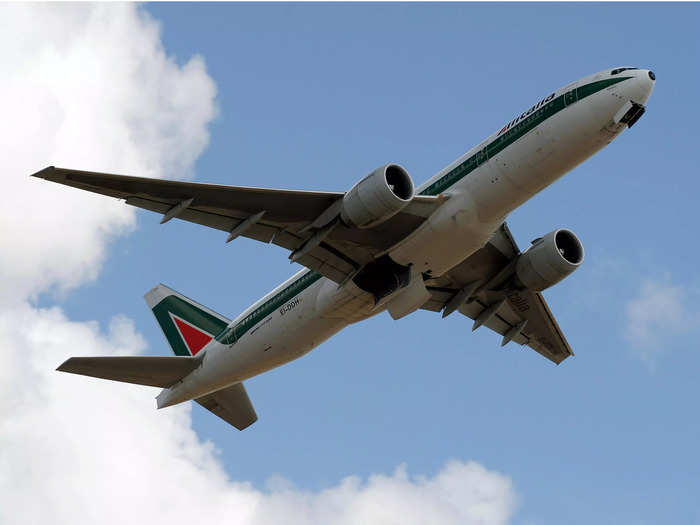
Source: Reuters
This Alitalia began operations in 2009, with Air France-KLM soon coming back into the picture taking a 25% stake from CAI.
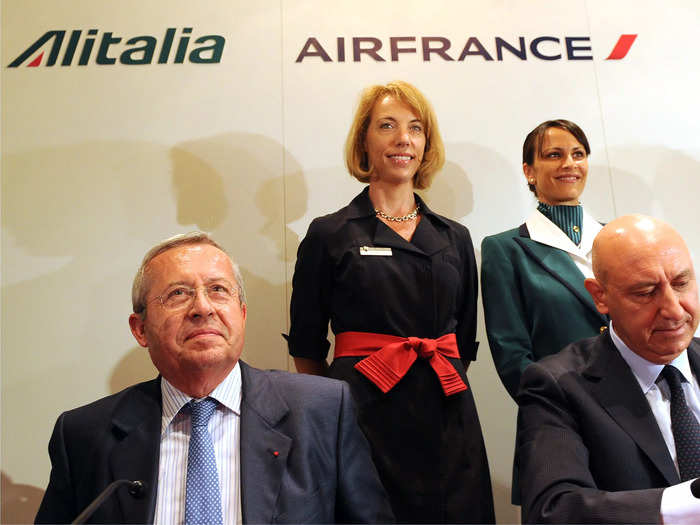
Source: Financial Times
The new airline quickly began differentiating itself from its former self, leasing aircraft instead of purchasing them with the fleet consisting of the Airbus A330 family…
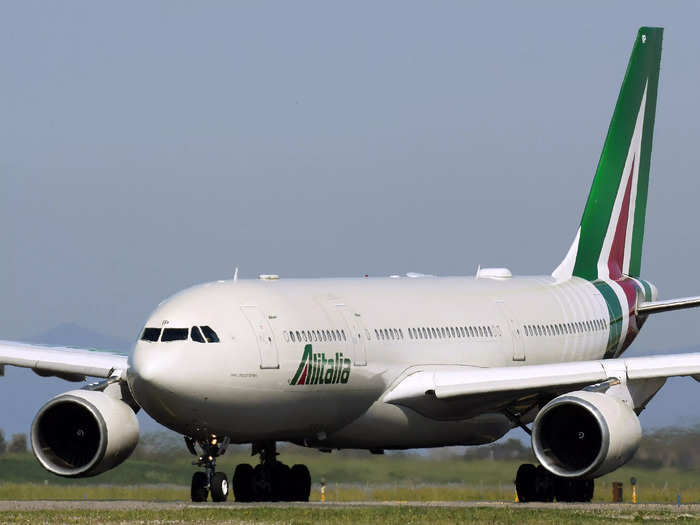
Source: FlightGlobal
And Boeing 777 family comprising the airline's long-haul fleet.
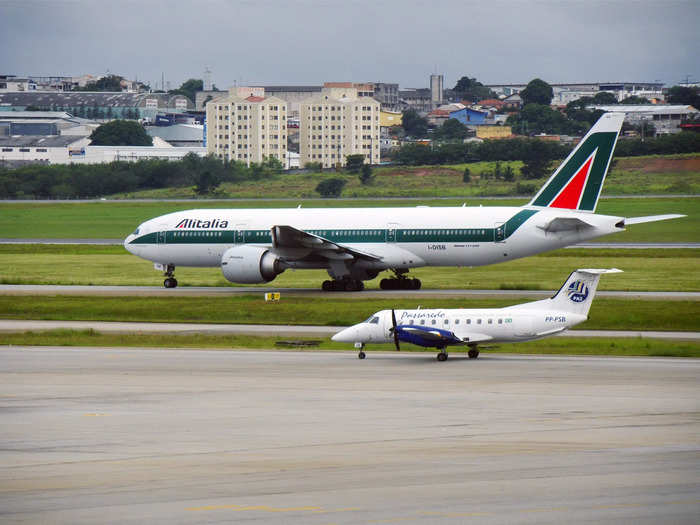
Source: FlightGlobal
It wasn't long before Alitalia was plagued with issues ranging from union strikes to underperforming subsidiaries and even a sting operation that saw Alitalia employees arrested for theft, according to contemporaneous news reports.

Source: New York Times and BBC
With bankruptcy looming in 2013, Alitalia secured another bailout with help from the government that highlighted the need for restructuring.
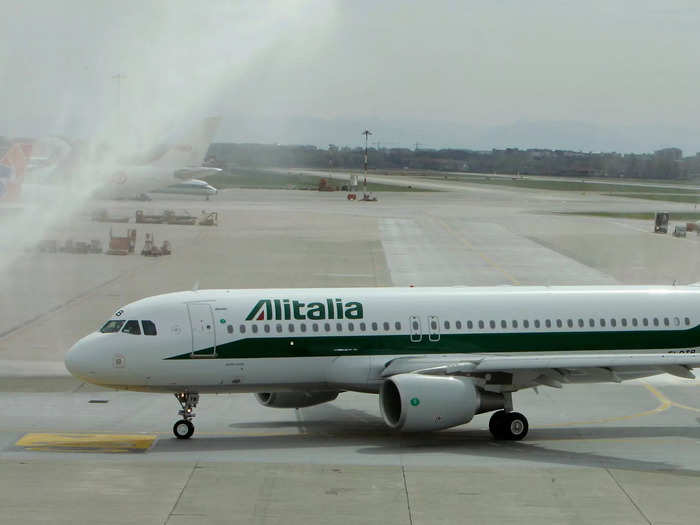
Source: New York Times
Alitalia saw a new investor in 2015, Eithad Airways, which would take a 49% stake in the airline and Alitalia - Compagnia Aerea Italiana became Alitalia - Societa Aerea Italiana.
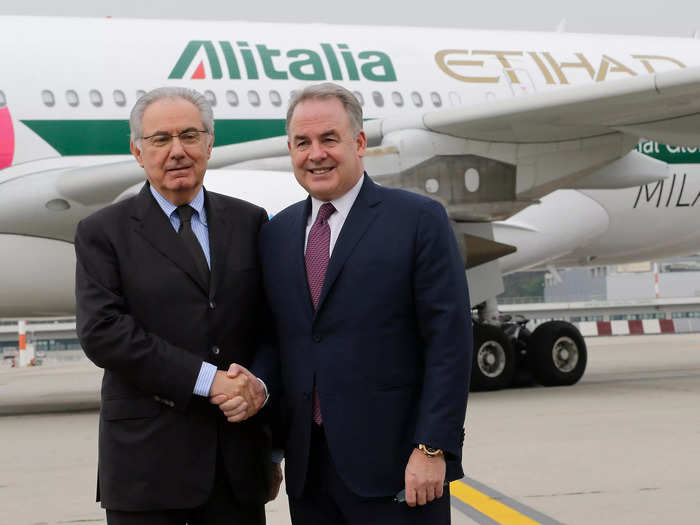
Source: Alitalia
With a new investor in tow, Alitalia began cost-cutting measures but facing a backlash from employees due to planned job cuts, the airline began bankruptcy proceedings and the government announced Alitalia would be auctioned.
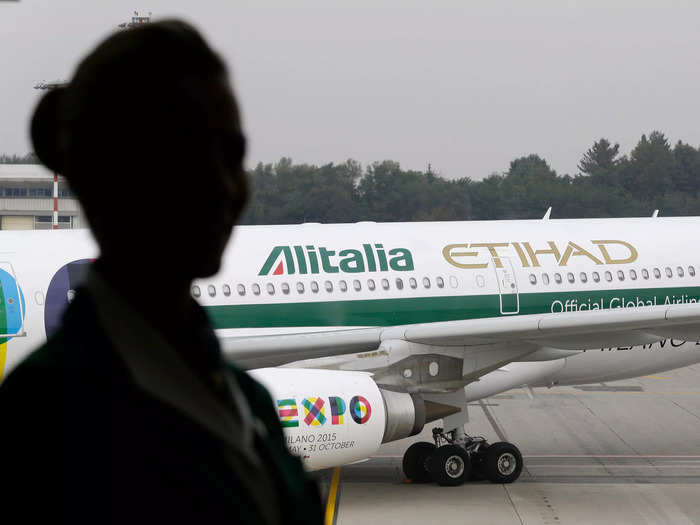
Source: Reuters
Meanwhile, another airline was positioning itself to become the new Italian flag carrier, the aptly named Air Italy.
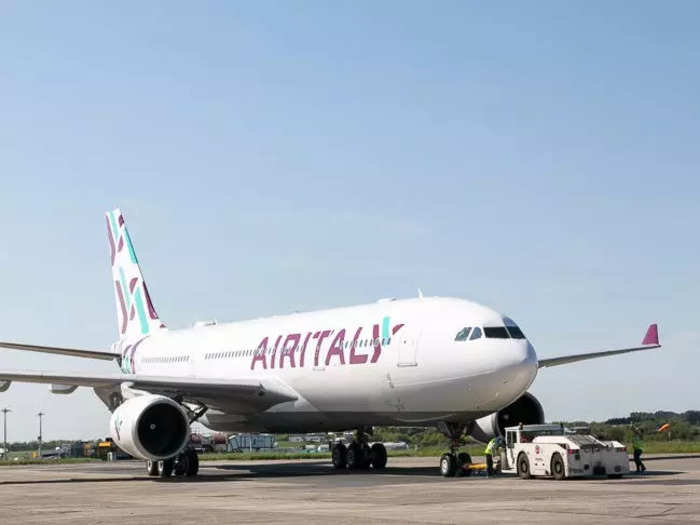
Rebranded from Meridiana, a regional Italian airline, Air Italy was jointly owned by private company Alisarda and Qatar Airways.
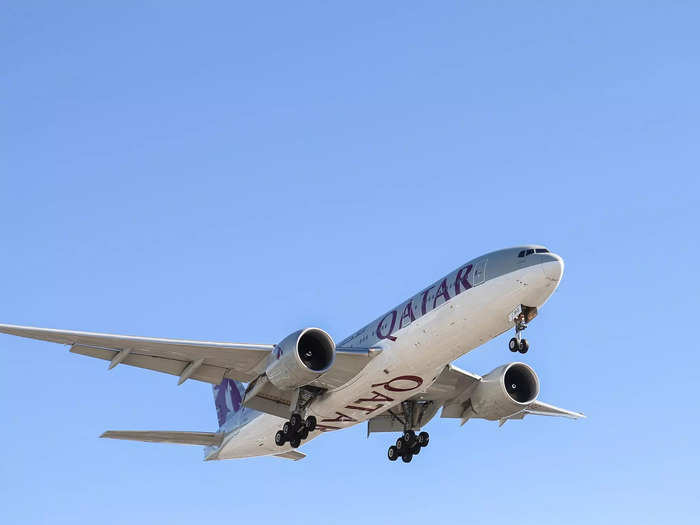
The airline chose Milan as its main hub ceding Rome to Alitalia. Long-haul flights from Milan to New York began in June 2018, with expansion to Asia happening soon after.

Affected by the grounding of the Boeing 737 Max and without the Italian government as a benefactor, Air Italy closed up shop in early 2020, giving back full control of Italy to Alitalia.
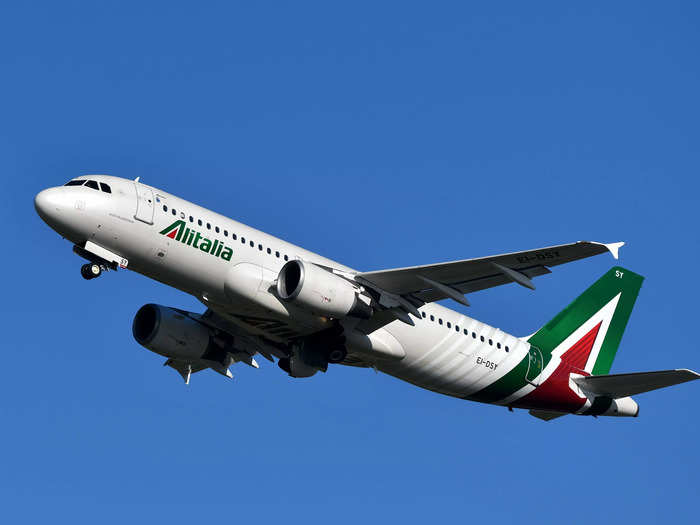
While Air Italy was getting its start, the Italian government would once again seek outside investors with European, North American, and Asian airlines expressing interest in Alitalia.
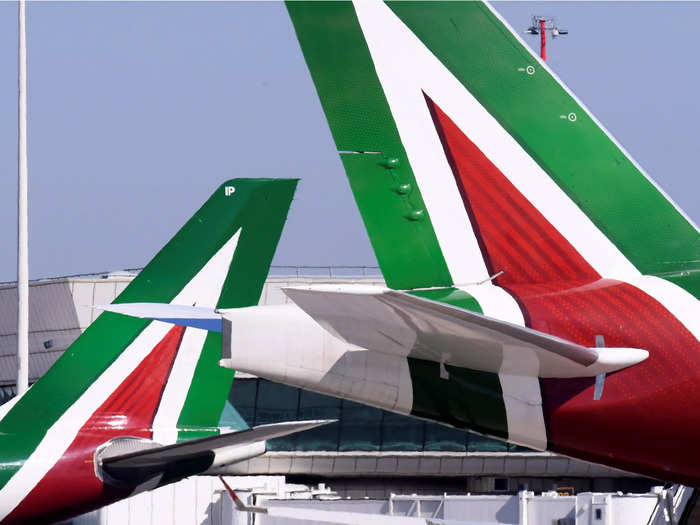
Among those interested were UK low-cost carrier EasyJet...
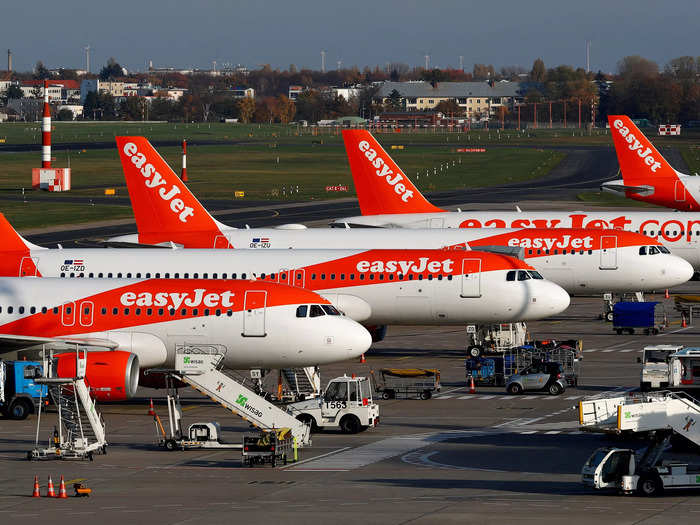
Source: Bloomberg
Irish low-cost carrier Ryanair…
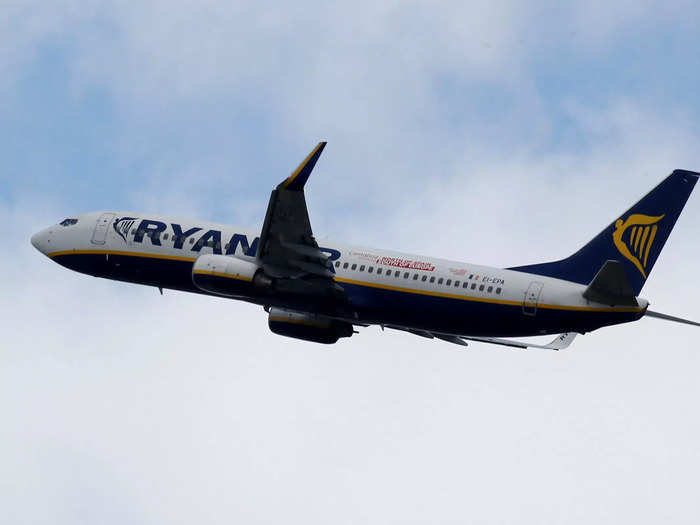
Source: The Guardian
The Lufthansa Group…
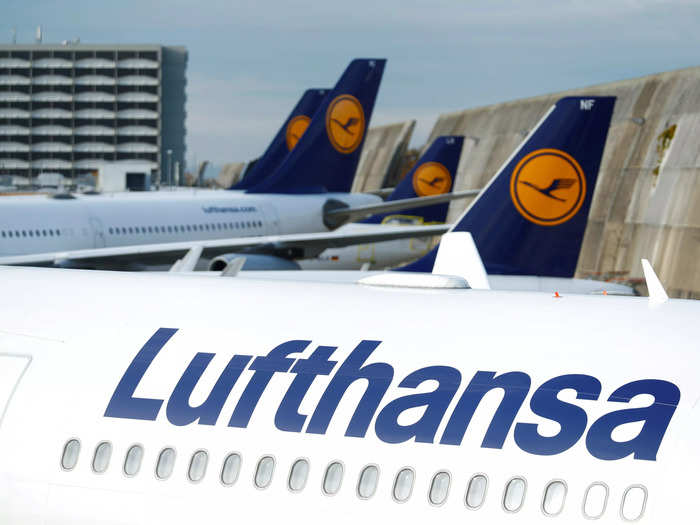
Source: CNBC
As well as Italian railway group Ferrovie dello Stato Italiane.
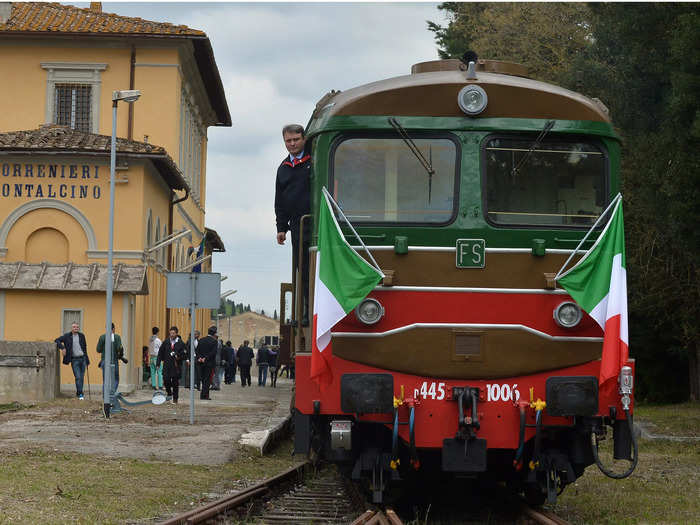
Source: Reuters
One after the other, the airlines dropped their interest, and ultimately, the Italian government re-nationalized the airline on March 17 during the coronavirus pandemic.

Despite bailouts from the state, the pandemic and subsequent lockdown of Italy took the ultimate toll on Alitalia, forcing it to make the decision to close the airline and launch a new one.
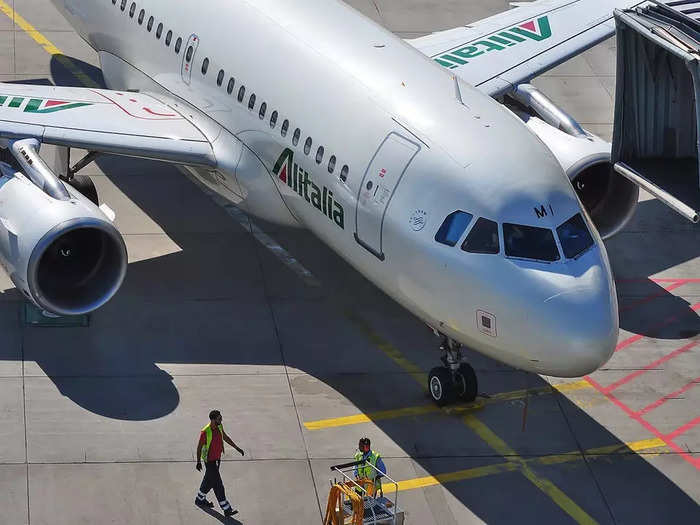
As of August 25, the airline stopped selling tickets and announced on its website that it would be offering free flight changes or refunds for passengers booked on Alitalia flights after October 14.
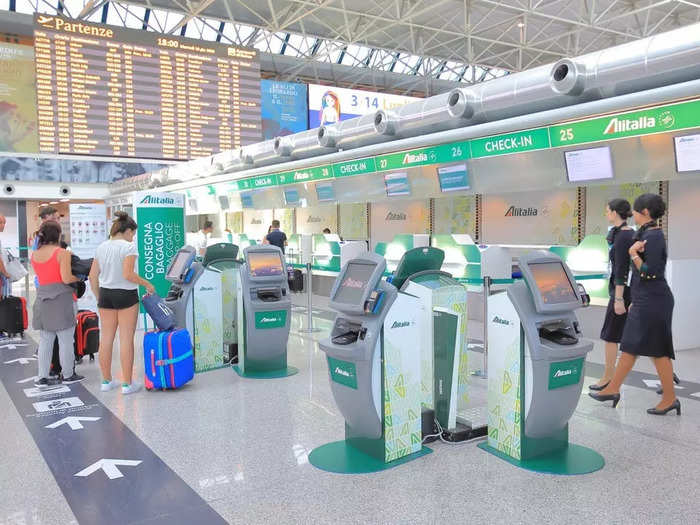
When the airline ceases operations, its successor, Italia Transporto Aereo, will take its place.
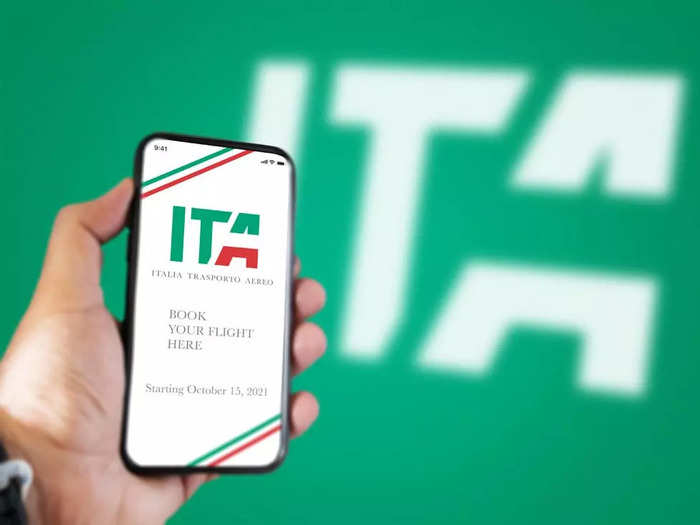
Talks between the European Commission and Italy over Alitalia and ITA began in March 2021, with Rome designating 3 billion euros ($3.6 billion) to establish the new flag carrier.
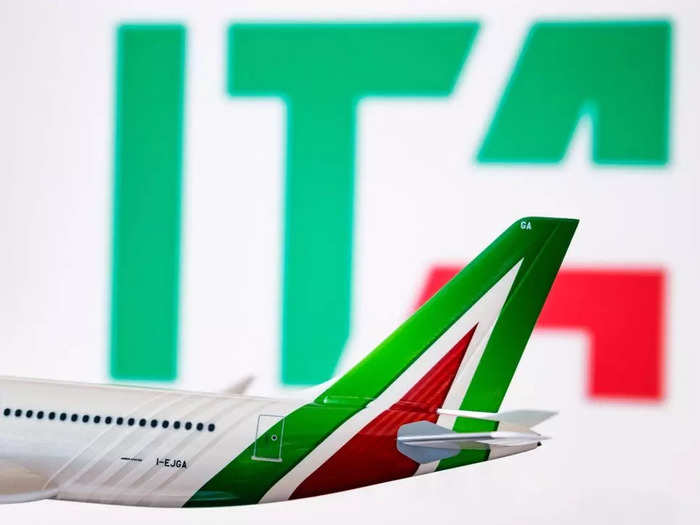
Source: Reuters
Initially, ITA was slated to begin operations in April 2021, but lengthy discussions between Italy and the European Commission delayed its launch.

Source: Reuters
Part of the negotiations focused on confirming ITA's independence of Alitalia to ensure it did not inherit the billions of debt the old carrier owed to the state.
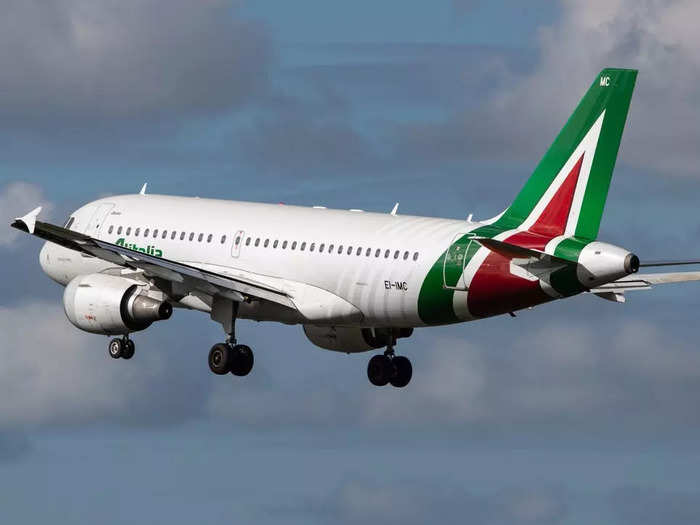
Source: Reuters
Talks also included asking ITA to forfeit half of Alitalia's slots at Milan Linate Airport, which the airline was unwilling to do.
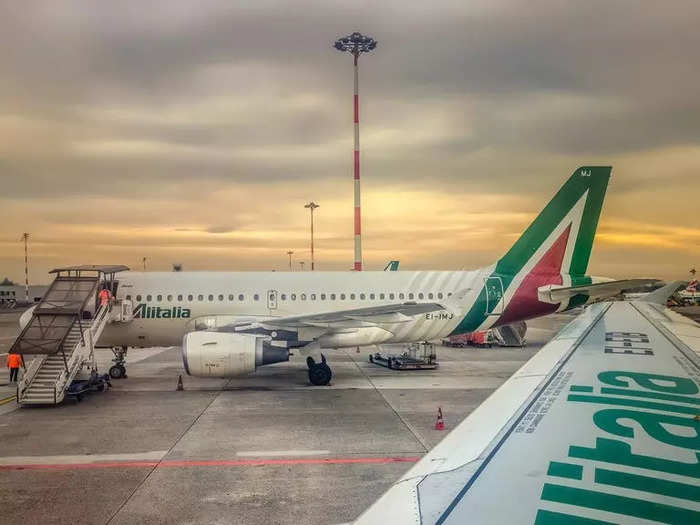
Source: Reuters
ITA determined giving up that many slots at Linarte would be too big of a loss and proposed forfeiting slots at Rome Fiumicino Airport as a compromise.
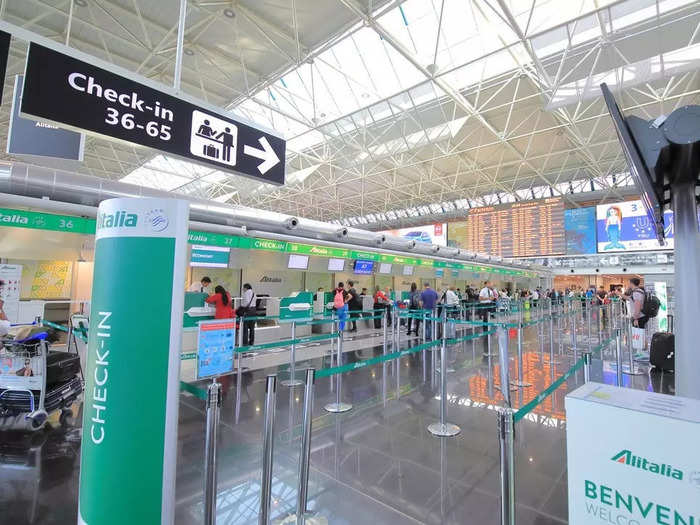
Source: Reuters
At the end of the discussions, negotiators agreed to allow ITA to keep 85% of slots at Linate and 43% at Fiumicino.
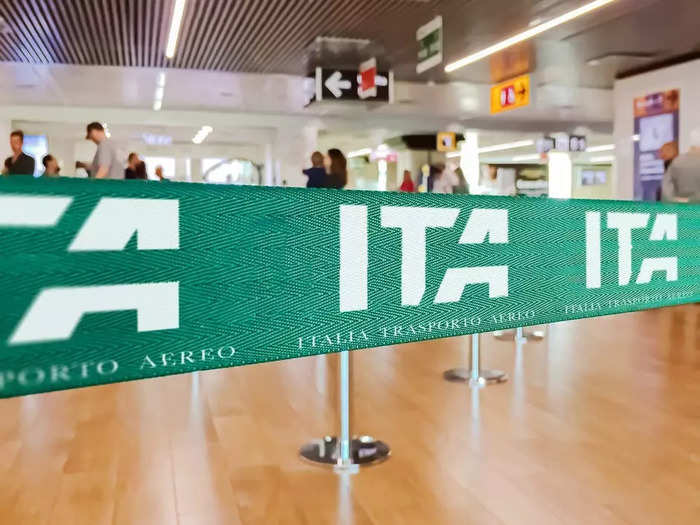
Source: Reuters
Also under negotiation was Alitalia's brand and its loyalty program, MilleMiglia. The European Commission said ITA would have to give up both.
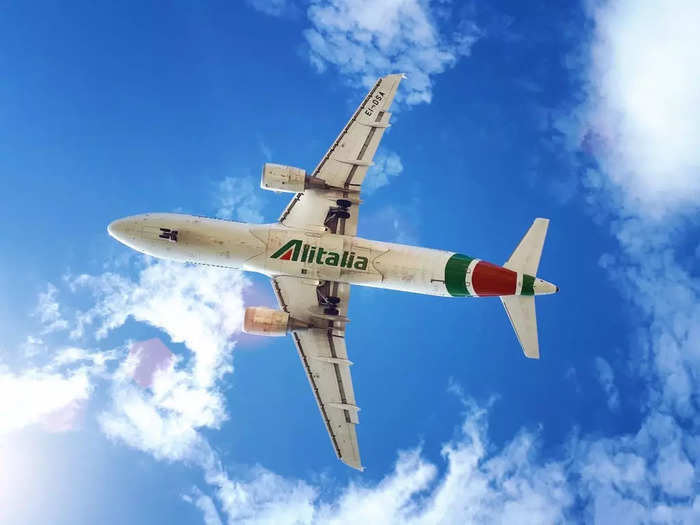
Source: Reuters
Under European Commission rules, MilleMiglia cannot be bought by ITA and must be put out for public tender, meaning another airline or entity outside the aviation industry can purchase the program. There are an estimated five million MilleMiglia miles that customers have not been able to use.
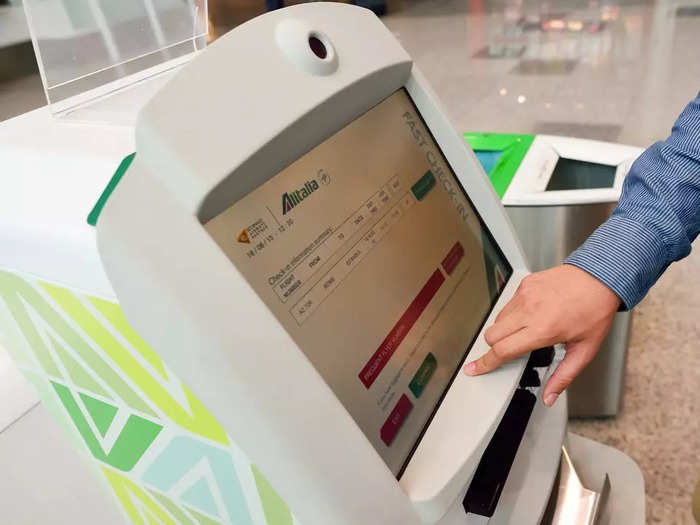
Source: EuroNews
However, ITA can bid on Alitalia's brand, which it plans to do in a public tender. The airline believes the brand is "an essential element in carrying out its industrial plan."
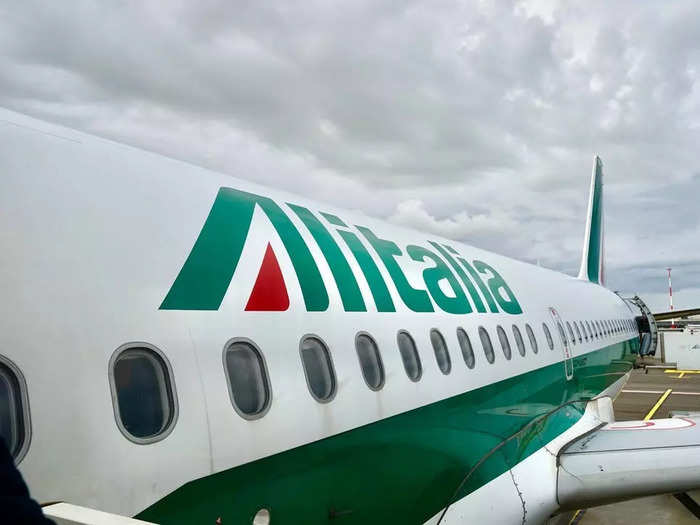
Source: Reuters
ITA will begin operations on October 15, the day after Alitalia's last flight. The new airline secured €700 million ($830 million) in funding, which will help it purchase some of Alitalia's assets.
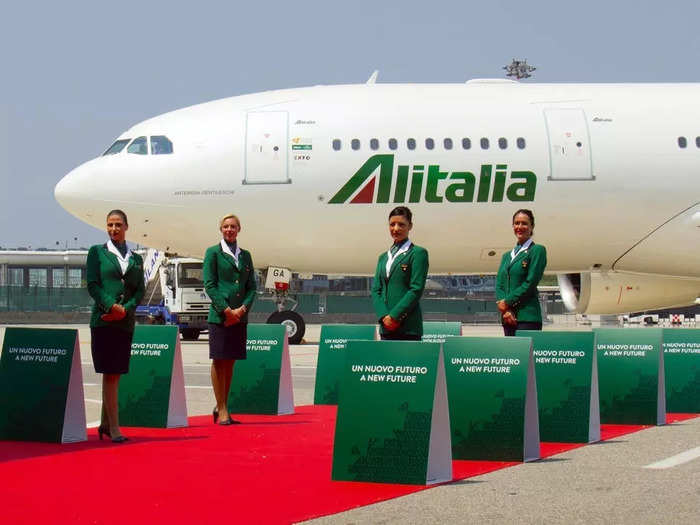
Source: Reuters
The successor plans to purchase 52 of Alitalia's aircraft, seven of which are wide-body.
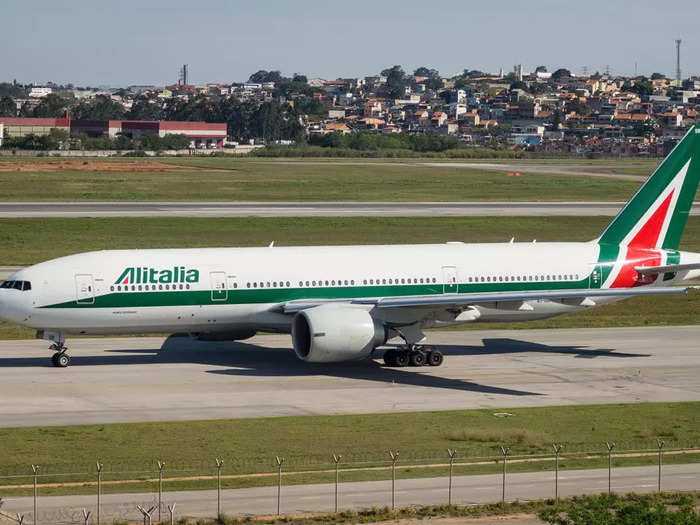
Source: Reuters
By 2025, the airline expects to have 105 aircraft in its fleet and earn over 3.3 billion euros in revenue.
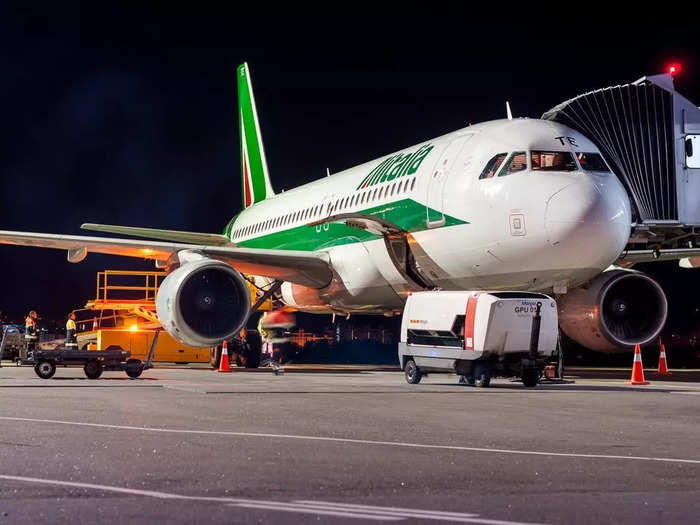
Source: Reuters
As far as the over 11,000 Alitalia workers, they will be considered for employment with ITA. The successor plans to hire 2,750-2,950 people this year and expects staff numbers to grow to 5,550-5,700 by 2025.
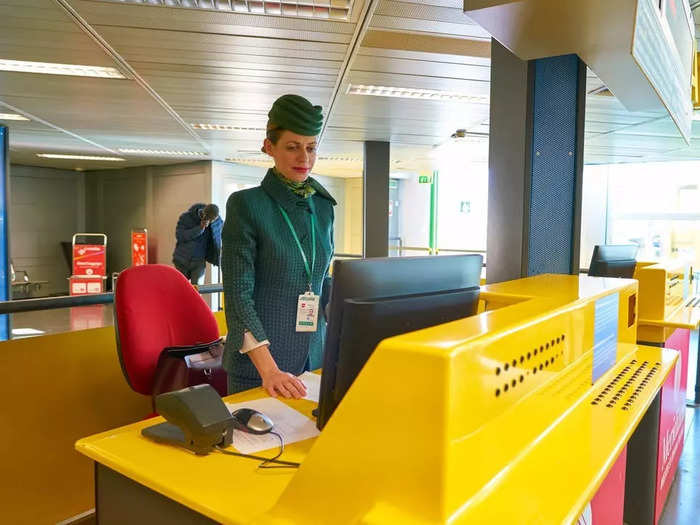
Source: Reuters
While it is the end of an era with the closing of Alitalia, there are high hopes for its successor.
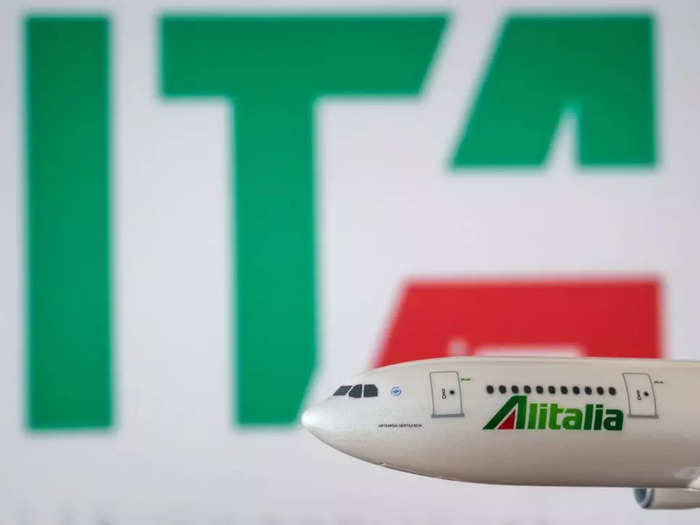
READ MORE ARTICLES ON
Popular Right Now
Popular Keywords
Advertisement
